Last updated: May 18, 2018
Article
Pompeys Pillar National Monument
In honor of the 50th anniversary of the National Trails System four special dogs, the Lewis and Clark Pups, will travel in the paws of their ancestor Seaman, dog of Meriwether Lewis. The pups will travel more than 3,700 miles to complete their mission to commemorate and protect the Lewis and Clark National Historic Trail. As they make their stops they will be reporting back in on their adventures. Follow Rocky, Harper, Dakota, and Keelie on their adventures on the Newfie News Blog.
Pompeys Pillar is a High Potential Historic Site on the Lewis and Clark National Historic Trail.
Pompeys Pillar is a High Potential Historic Site on the Lewis and Clark National Historic Trail.

“At 4 P.M., I arrived at a remarkable rock...This rock which I shall call Pompy’s Tower is 200 feet high, and 400 paces in circumference.” -William Clark, July 25 1806.
Hello world! Keelie Pup checking in at Pompeys Pillar National Monument. Wow! That IS a remarkable rock, but where is the Pillar? Oh, that big rock is Pompeys Pillar? That is funny. I thought Clark named it Pompy’s Tower. Hmmm… I’d better do a little digging. Well, it turns out, Captain Clark did call it Pompy’s Tower when he wrote about it in his journal, but when his journal was published in 1814, the name was changed to Pompeys Pillar. The park ranger told me that historians believe that the Pillar was named after Sacagawea’s young son, and that Clark referred to him as “his little dancing boy, Pomp.”

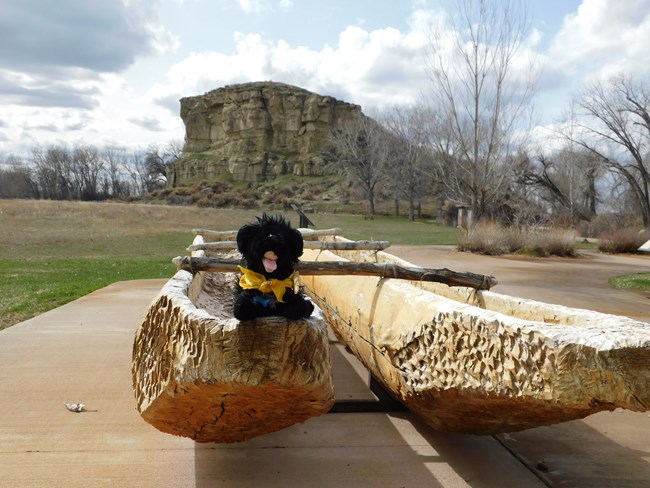



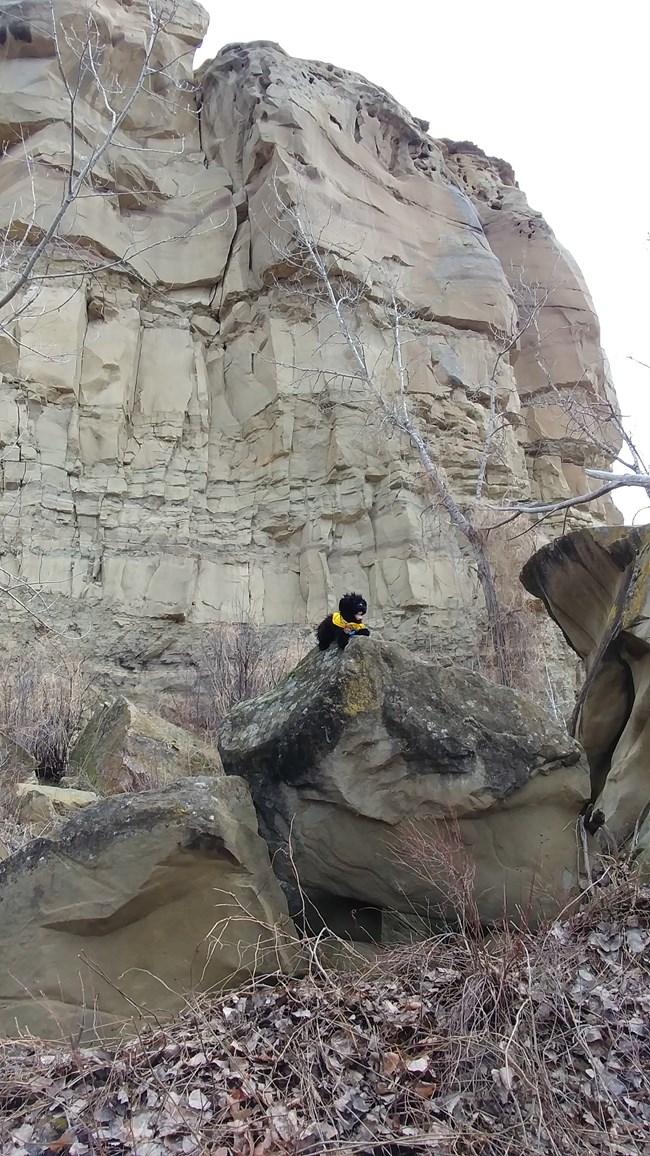
Can you see the different layers of the Pillar? These are made up of different kinds of sediments: sand and silt. What’s the difference? Well, the size of the sediment is the difference. Sand is larger, so when scientists see sandstone at Pompeys Pillar, they see the remnants of an ancient river whose current was very fast and carried away finer silt and mud, leaving only sand. The thickest layers of Pompeys Pillar are sandstone. Sometimes, that current slowed WAY down, and dropped those fine sediments that eventually formed a rock called shale. Shale layers on the Pillar look a lot like dirt clods. I talked to a paleontologist while at Pompeys Pillar, and he told me that when you look at the Pillar, every time the rock changes, it indicates something happened at that time that changed the ancient environment in some way.
After the sediment was laid down by the old river, time and pressure eventually created the rock layers you see today. Then the river moved back and forth across the valley, and washed away the rock connecting the Pillar to the rest of the cliffs. I did not know that water was so powerful, but it is! It created Pompeys Pillar, but it will someday turn the Pillar back into a beach…

“…I employed myself in getting pieces of the rib of a fish which was cemented within the face of the rock. This rib is about 3 inches in circumference about the middle. It is 3 feet in length though part of the end appears to have been broken off. I have several pieces of this rib. The bone is neither decayed nor petrified but very rotten.” –July 25, 1806
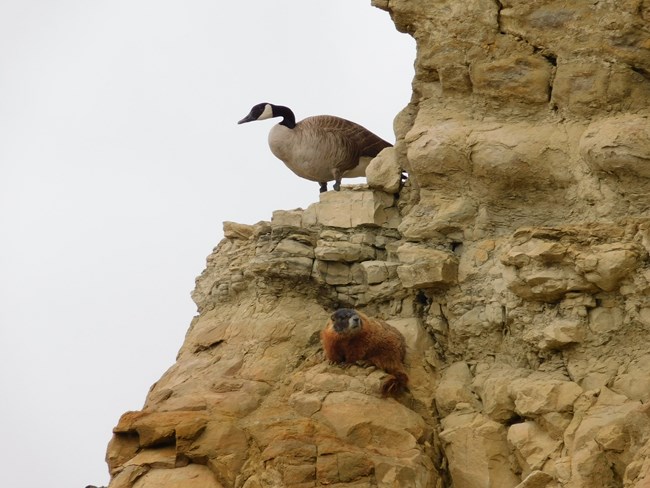
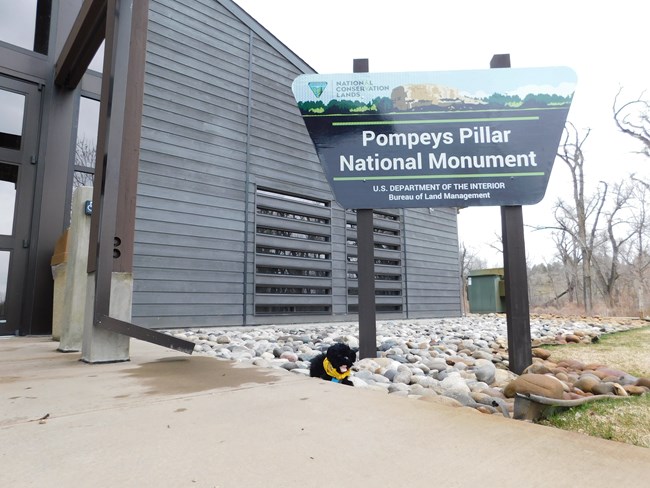
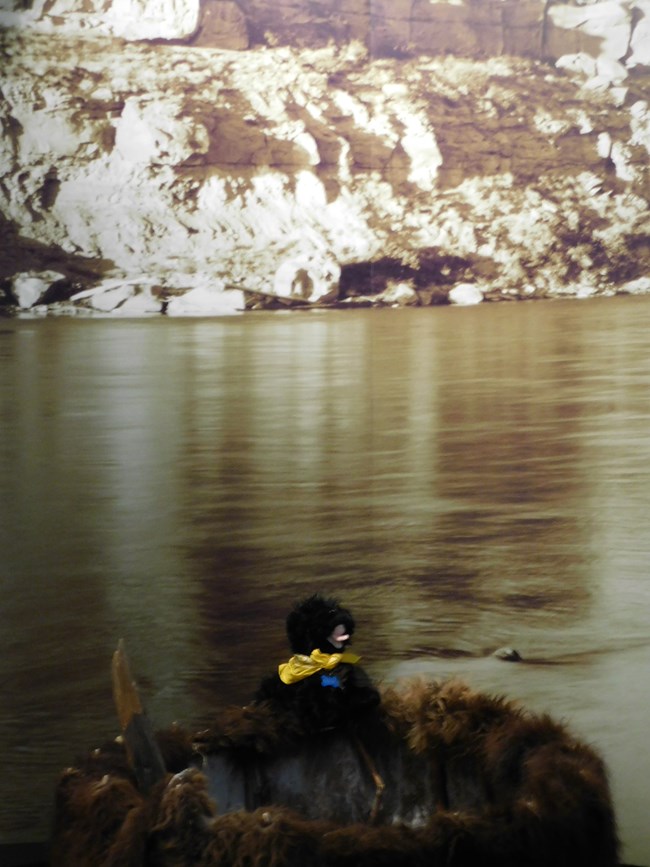
Learn more about Pompeys Pillar National Monument:
Website
Facebook
Instagram
Friends of Pompeys Pillar
Learn more about the Lewis and Clark National Historic Trail:
Website
Facebook
Instagram
Newfie News Blog
Website
Friends of Pompeys Pillar
Learn more about the Lewis and Clark National Historic Trail:
Website
Newfie News Blog
